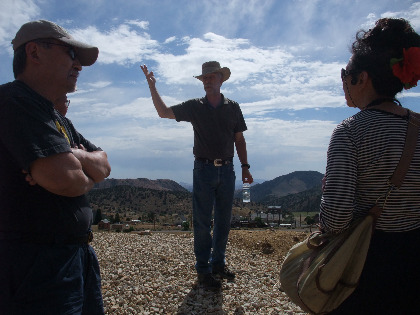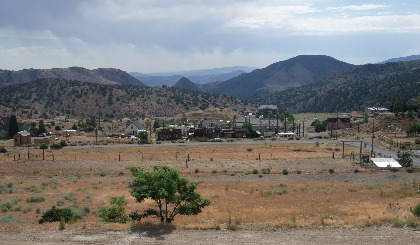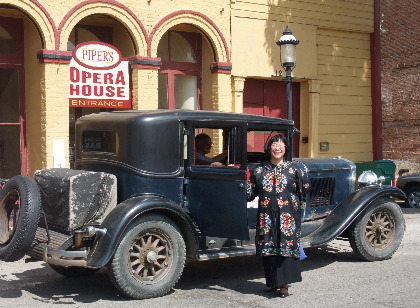
Even before gold was discovered in Virginia City, Nevada – a mile above the sea – the Chinese had arrived in the area.
After the Comstock Lode, which sparked the big gold rush in 1859, more Chinese pioneers arrived, enduring the dry heat, winds and frontier life for a chance to help families across the Pacific Ocean.
But for the most part, they could not unearth it from the deep mines. The reason: Powerful unions for other miners blocked the Chinese from going underground, said Ron James with the Nevada State Historic Preservation Office.
“They were concerned the Chinese would undercut them,” he said, adding that union members earned $4 per day which was high at the time.
That was one of the slices of Chinese American history that emerged Sunday as participants in the Chinese Heritage Tour of the American West started to wind down their week-long journey through Washington state, Oregon, Idaho and Nevada.
They were reminded of what immigrants from southern China – the main exodus point during the 19th century – experienced as they worked for contract companies to search for gold, found jobs as cooks at mining sites and established herb shops and general stores. In many cases, they were the labor force when towns in the American West were booming or heading toward bust.
Many died in the American West. Others paid money into a company account to have their bones sent to their birthplace.
In Virginia City, where at least 2,000 Chinese had arrived during the town’s gold and silver run, they eventually worked in roles that supported the miners at a laundry or store, James said.
While prejudice aimed at the Chinese ran through this mountain-high town’s streets, there also was interaction among residents of different backgrounds. Residents from European backgrounds often would shop in the town’s Chinatown, James explained.
Today, the plot of land where the old Chinatown – which is photographed below - sat is an empty field, a dirt lot near a horse stable. Historians and archaeologists also believe that there was another nearby area in which more Chinese lived.
It burned in the town’s Great Fire in 1875. While it was rebuilt, it never recovered and eventually faded away in the 1920s, James said.

Another contribution of the Chinese who lived in and around Virginia City during the 19th century: They roamed the mountains, even during the winter at elevations of 6,000 feet and higher, to cut wood for fuel, said Fred Frampton, a USDA Forest Service archaeologist.
That wood went to power the local railroad because those trains required wood and not coal, he added.
Also on Sunday, at the Piper Opera House, historian Sue Fawn Chung gave a historical performance talking about the life of Loy Lily Lee Ford, a Chinese woman born in California in 1882.
She was dressed in period clothing, as she talked about Ford’s life and her experiences and friendships during a time when the Chinese Exclusion Act barred most Chinese from entering the country.

Comments
Leave a comment Trackback